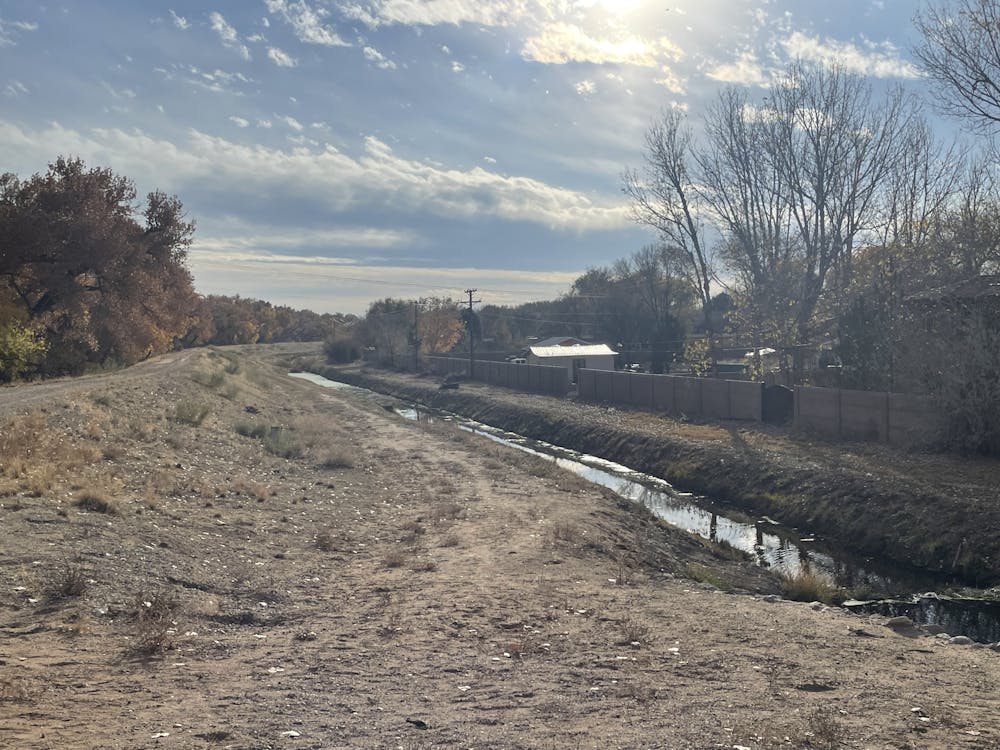The Albuquerque-Bernalillo County Air Quality Control Board adopted a Health, Environment, and Equity Impacts rule on Dec. 19, 2023. The rule is different and less aggressive than the original version introduced by Mountain View Coalition – a community group of residents concerned with the impacts of air pollution in the South Valley.
The rule enforces the use of additional measures through the Best Available Control Technology (BACT) to reduce pollution in and within a mile of overburdened areas, along with any facility in Bernalillo County that emits common hazardous air pollutants.
The rule will go into effect on Jan. 1, 2025, and a map identifying the overburdened areas will be published and repeatedly updated within two years of every U.S. Census.
BACT’s analysis of the pollution emitter will identify the best tool to reduce air pollution by considering technical feasibility, environmental and economic impact, the rule states.
The rule defines overburdened areas as 20% of Bernalillo County land that experiences the highest cumulative public health stressors. These stressors include the prevalence of asthma, heart disease, disabilities, cancer and other health outcomes that result from hazardous air pollution.
The original HEEI rule proposed would have prohibited the creation of new air-polluting facilities in overburdened areas. The adopted HEEI rule allows for the creation of new air-polluting facilities, but mandates that they implement BACT. Eric Jantz – the New Mexico Environmental Law Center Legal Director who represents the Mountain View Coalition – acknowledged the adopted rule didn’t go as far.
"Although the Air Board's decision falls short of our expectations, we appreciate its effort under tremendously difficult circumstances,” Jantz said in a press release.
Pete Domenici Jr. – attorney at Domenici Law Firm and counsel for Albuquerque Asphalt and other business entities – felt as though the Board could have been more specific in constituting what is included as an overburdened community and would be hard to enforce.
“The Board failed to give clear guidance to the city environmental health department as to what criteria they will use to establish those 20% of the most impacted census blocks,” Domenici Jr. said.
Prior to the rule’s hearing, City Council adopted several ordinances introduced by Councilor Dan Lewis which abolished the Air Quality Control Board and recreated it with the termination of city-appointed members. Doing so was unprecedented, Jantz said, and gave the Board less time to deliberate.
“This is a very different result than what would have happened if the Board had been allowed to do its job. The interference and intimidation tactics from Dan Lewis in the City Council are what formed the end result for this, not necessarily the evidence that was before the Board,” Jantz said.
However, Joseph Galewsky, a University of New Mexico professor and Board member, said the City Council ultimately did not have a large impact on the HEEI.
Get content from The Daily Lobo delivered to your inbox
“We were indeed under a time crunch to make some sort of decision before the City Council's ordinances went into effect. But it's also true that the HEEI hearing was very long, running six days, and the proposed rule was extremely complicated ... Even if the City Council hadn't acted in the way they did, I am not certain that we would have come up with a substantially different rule,” Galewsky said.
Galewsky said the HEEI hearings overall resulted in a productive, healthy process.
“What we came up with was, in my opinion, a first step towards building a more comprehensive set of environmental justice regulations for the city and county,” Galewsky said.
Nate Bernard is a freelance reporter with the Daily Lobo. He can be reached at news@dailylobo.com or on Twitter @DailyLobo
Nate Bernard is the news editor for the Daily Lobo. He can be reached at news@dailylobo.com or on X @natebernard14






